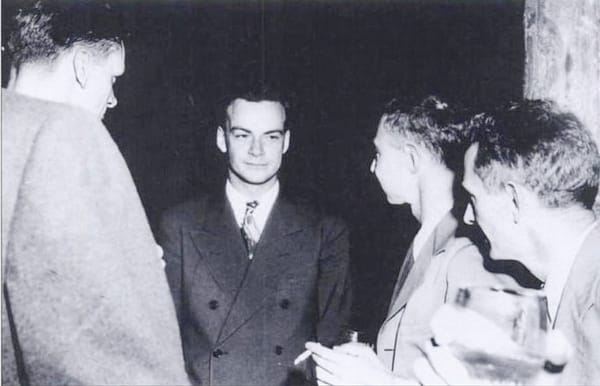Science at the gym: the molecular basis of metabolism
Trainers hate it! Scientists identify new molecule implicated in exercise and weight loss!

Exercise is good for you, we all know that. You don’t need to read an article on it – or do you? I guess the main question is, do you know how to exercise effectively?
The standard answer about the effects of exercising is that it trains heart muscles to become stronger, enabling it to pump effectively, resulting in better blood pressure. However, these effects are on the macro-scale, and scientists have yet to identify the molecules that bring about the health benefits of exercising. In particular, how exercise is able to elevate metabolic rate.
Since metabolism is essentially the rate at which our bodies process chemicals, understanding the molecular factors is important for us to combat metabolic diseases and obesity.
A recent paper demonstrated that a molecule named 12,13-dihydroxy-9Z-octadecenoic acid (12,13-diHOME) can influence metabolism. This lipid molecule is released by the liver and fat tissues, and it belongs to a class of molecule scalled lipokines– ‘lipo’ refers to fat, and ‘kine’ denotes kinesis or movement, suggesting the molecule assists in the process of fat transport. Previous studies have also reported that the lipokine can improve skeletal muscle insulin sensitivity, therefore lowering ones’ risk of diabetes.
In human studies, researchers have found that 12,13-diHOME levels increased after exercise, compared to 13 other lipid molecules that were measured. This confirmed the theory that this lipokine is induced by exercise, with levels increasing regardless of gender or age.
Not only that, but they also showed that 12,13-diHOME negatively correlated to fat mass and body mass index (BMI). In other words, you are likely to have a higher 12,13-diHOME level if you have a lower fat content, or a lower BMI.
To study the mechanism of 12,13-diHOME, scientists used mouse models to mimic the effect of chronic exercise. They found that, indeed, the lipid molecule in question increased after exercise, and those mice that were working out had a lower fat mass as 12,13-diHOME can increase skeletal muscle fatty acid uptake.
To investigate the source of 12,13-diHOME, the scientists removed different types of fat tissue, and measured the level of 12,13-diHOME in the blood thereafter.
The results indicated that mice that had their brown fat removed do not have an increased lipokine level, even after exercising in the same manner. This experiment demonstrated that 12,13-diHOME released from brown fat is essential for an exercise-induced increase of the molecule itself.
Interestingly, brown fat tissue is the type of fat that is responsible for generating heat when you are feeling cold. Funny enough, in another paper by the same research group, mice had an enhanced cold tolerance when they were exposed to a cold environment, or when 12,13-diHOME was injected. In the future, with sufficient understanding of the entire process, a synthetic form of 12,13-diHOME could be developed as a drug to treat metabolic diseases and obesity. At present, it is best to stick with your exercise routine and eat healthy. Alternatively, perhaps, you can be experimental and expose yourself to the cold and see if you lose weight faster!
Be warned though, clearly, a larger human cohort is required to confirm effects, and further studies are essential to understand the role of lipokines in metabolism. Enjoy your food and appreciate your body – as beauty comes in all forms!








